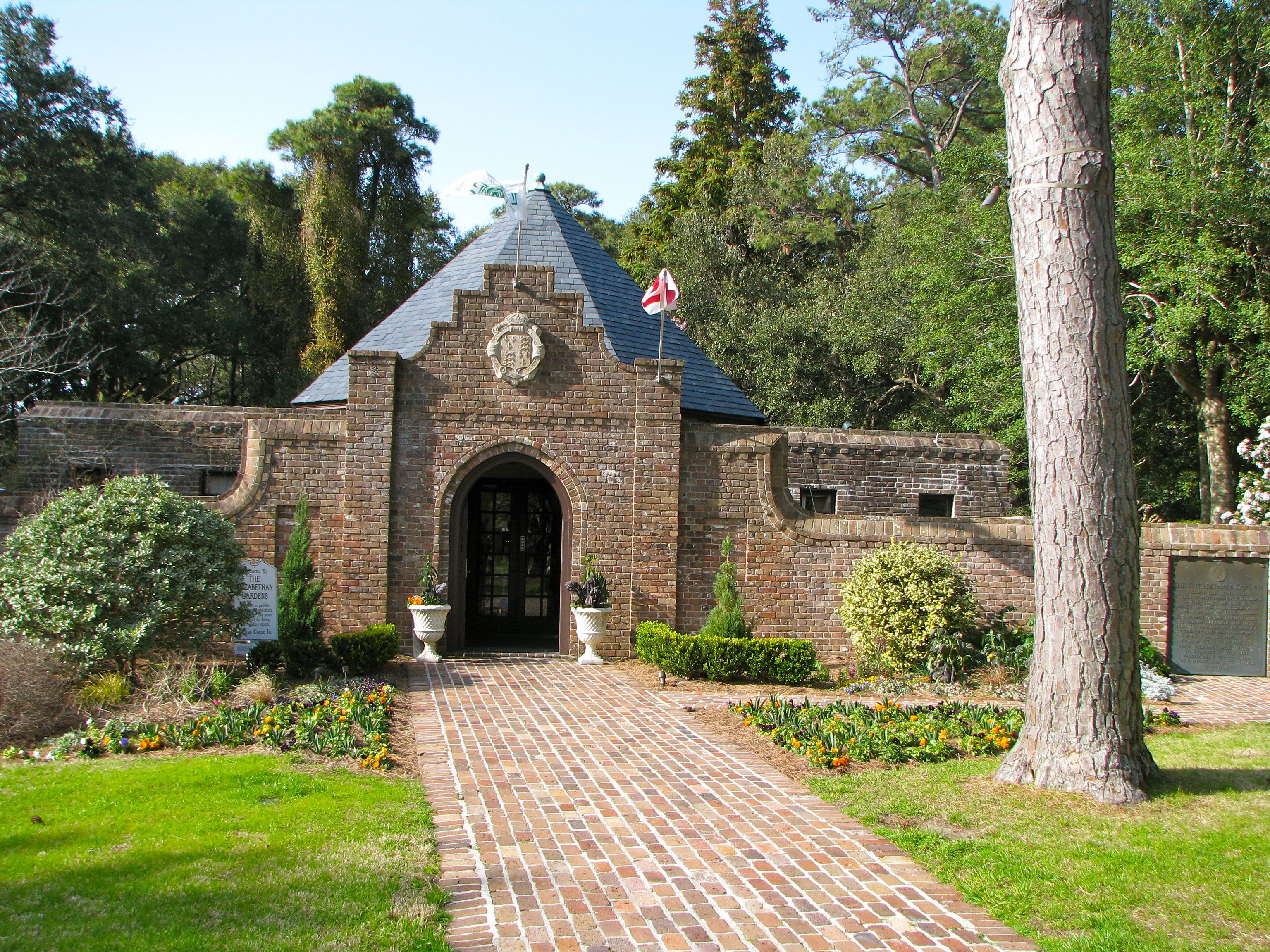Roanoke Island, North Carolina (March 2012)

We drove onto Roanoke Island from Nags Head. This is the largest island within the Sounds found between the backside of the North Carolina barrier islands and the mainland. Albemarle Sound is to the north, Pamlico Sound to the south, with the much smaller Croatan Sound to the west and Roanoke Sound to the east.
Roanoke Island can be reached easily from the Outer Banks, a simple drive using U.S. Route 64. From there, we cut towards the northern tip of the island. This led to the Fort Raleigh National Historic Site (map). It qualified as a historical site for a significant reason: had the colony on Roanoke Island succeeded, it would have been the first permanent English colony in North America. It would also have beaten Jamestown by twenty years.
English Arrival
Sir Walter Raleigh wished to establish a New World colony. He started by rallying investors and entrepreneurs to financially support his venture. The settlers who arrived on Roanoke in 1587 numbered about 120 men, women and children. Soon thereafter one of the colonists, Eleanor Dare, gave birth to Virginia Dare. She became the first English child born in North America. Fortunes soon turned more difficult as the colonists ran short of supplies. Local Native Americans also showed hostile intent. Earlier English visitors had left a bad impression when they’d stopped by Roanoke Island in previous years.
Abandoned
The colonists sent their governor, John White, back across the ocean to restock their supplies, however he couldn’t return for three years because appropriate English ships had been commandeered for a war with Spain. He finally returned in 1590 only to discover the colony abandoned. Few clues existed other than “Croatoan” carved into a post and “Cro” carved into a tree. This coincided with the name of a nearby Indian tribe but the meaning of the clue couldn’t be deciphered. The fate of the colony remains unknown although numerous theories abound. It has become the stuff of legend, and the missing settlers came to be known colloquially as the Lost Colony.
Nobody knows the exact location of Raleigh’s fort either. Certainly the initial settlers knew it but over time people forgot and now it remains lost to history. Nonetheless, the modern Fort Raleigh National Historic Site falls within the general vicinity. The “fort” on the property provides a modern interpretation and reconstruction of how the earthworks may have appeared during their heyday.
The Lost Colony

The story of the Lost Colony comes to life on stage throughout the summer as it has every year since 1937. This began as an outgrowth of a Depression-era Works Progress Administration (WPA) effort. Civilian Conservation Corps (CCC) participants built the theater. Other funding went to hire unemployed Broadway actors. This provided a top-notch production that caused an immediate theatrical sensation.
The Lost Colony should have lasted only a single season. However, its popularity dictated otherwise. It attracted huge numbers of tourists which helped to buoy the local economy as it struggled to pull itself out of the Great Depression.
We were there in March, so unfortunately the Lost Colony wasn’t running. We didn’t have an opportunity to experience this North Carolina tradition.
The Gardens

The Garden Club of North Carolina manages the “Elizabethan Gardens” on the historic site property. It represents what a formal garden may have looked like in England during the period of the Lost Colony. Ten waterfront acres have been set aside for this purpose, with year-round displays of plants and flowers.
Readers who have an interest in forts might also want to check my Forts, Fortresses and Fortifications page.

Leave a Reply